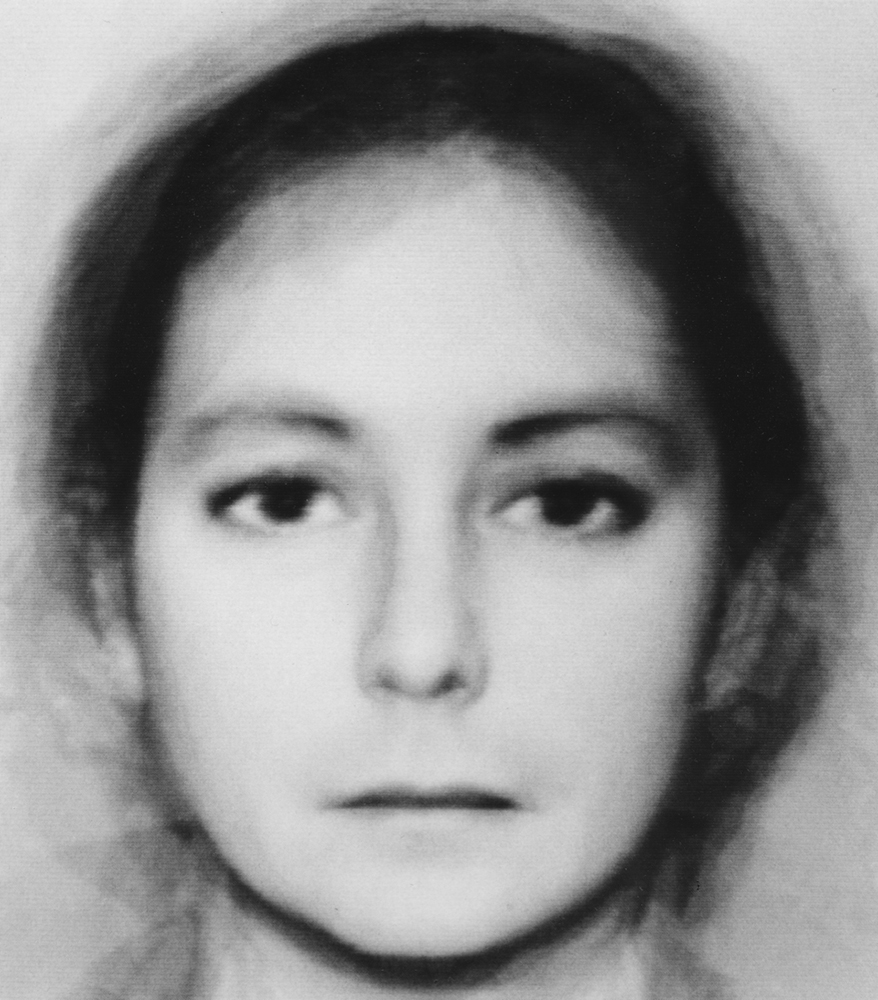At first glance, the man on TIME’s July 30, 2018, cover might seem familiar: it was created by morphing images of two of the world’s most recognizable men, President Donald Trump and Russian President Vladimir Putin.
The composite image, by visual artist Nancy Burson, is meant to represent this particular moment in U.S. foreign policy, following the pair’s recent meeting in Helsinki, Finland. As Brian Bennett writes in this week’s cover story, “A year and a half into his presidency, Trump’s puzzling affinity for Putin has yet to be explained. Trump is bruised by the idea that Russian election meddling taints his victory, those close to him say, and can’t concede the fact that Russia did try to interfere in the election, regardless of whether it impacted the outcome. He views this problem entirely through a political lens, these people say, unable or unwilling to differentiate between the question of whether his campaign colluded with Russia—which he denies—and the question of whether Russia attempted to influence the election.”
To represent that conflict, Burson merged the faces of Trump and Putin into a still image and video which morphs between the shifting appearances of the two world leaders. Over three decades ago, Burson, featured in TIME’s 100 Photographs, which documented the most influential photographs of all time, began her pioneering photographic work with MIT scientists, leading to the development of computer-generated compositing technology. “I wanted to create answers to unasked questions,” says Burson, about the origins of her artistic process, “like what would it look like if you put six men and six women together?”

She became well known for developing a technique to age faces, which is used by the FBI to find missing children. Most famously, she created the aged image of kidnapped 6-year-old Etan Patz that appeared on the front page of the New York Post in 1985.

She says the goal of her latest composite is to help readers “stop and think” when it comes to similarities between the two leaders. “What my work has always been about is allowing people to see differently,” she adds. “The combining of faces is a different way for people to see what they couldn’t see before.”
“I think the best art can change people’s perception of how they see how they are as human beings,” says Burson. “Art makes everything possible and beyond.”
More Must-Reads From TIME
- The 100 Most Influential People of 2024
- Coco Gauff Is Playing for Herself Now
- Scenes From Pro-Palestinian Encampments Across U.S. Universities
- 6 Compliments That Land Every Time
- If You're Dating Right Now , You're Brave: Column
- The AI That Could Heal a Divided Internet
- Fallout Is a Brilliant Model for the Future of Video Game Adaptations
- Want Weekly Recs on What to Watch, Read, and More? Sign Up for Worth Your Time
Contact us at letters@time.com